 Elizabeth Jarrard, MS, RD, LDN is a fellow blogger, with Guiltless and Don’t White Sugar Coat It, and a registered dietitian, practicing with Marci RD Nutrition Consulting in Harvard Square. Elizabeth specializes in eating disorders, as well as medical, sports, and plant-based nutrition. She is known for her ability to challenge eating disorder beliefs with a well placed ‘So?” I have asked Elizabeth to explore with us how eating disorders are maintained and treated from the perspective of a dietitian.
Elizabeth Jarrard, MS, RD, LDN is a fellow blogger, with Guiltless and Don’t White Sugar Coat It, and a registered dietitian, practicing with Marci RD Nutrition Consulting in Harvard Square. Elizabeth specializes in eating disorders, as well as medical, sports, and plant-based nutrition. She is known for her ability to challenge eating disorder beliefs with a well placed ‘So?” I have asked Elizabeth to explore with us how eating disorders are maintained and treated from the perspective of a dietitian.
Thank you so much for joining us, Elizabeth. As recovery professionals, we frequently talk about changing a relationship with food. What does that mean from your end of a treatment team?
Active eating disorders distort your relationship with food. Food is in many ways throughout an eating disorder–as a means of control, as a way to cause pain, as a way to numb feelings, and many other ways. Food is transformed from something that is nourishing and life-giving into a tool of destruction. It becomes an abusive relationship that is hard to quit. As a nutrition therapist I work with my clients to remove the shame, fear, and guilt associated with food, and bring them into a healthier relationship with both food and their bodies.
In both your blog and in work with clients, you advocate for variety in what a person eats. How does variety contribute to ED recovery?
Variety is the spice of life! First, variety is important in eating disorder recovery just so we can ensure we are getting enough macro and micronutrients to support health–especially brain health during the recovery process. Second, variety helps to move clients out of the narrow constraints and ruts that eating disorders love–that false sense of control.
How does variety relate to balance? How do you know whether your day was balanced in relation to food?
Great question. Variety ensures that we are not feeding into the confines and constraints of an eating disorder. Balance is another goal of eating disorder nutrition therapy. I believe there are no “good” or “bad” foods, and it really comes down to moderation. Saying that we can never have a pastry again, sets us up for failure. Balance is having a pastry when we are hungry for one, and able to mindfully eat it and assess how it makes us feel. When you eat in a balanced way, you should have consistent energy levels throughout the day–avoiding huge slumps and feeling well nourished. At the beginning of eating disorder recovery meal plans can be an effective way to start to find balance. In working with a dietitian that specializing in eating disorders, you can find a meal plan that works with your life, and helps to find balance.
Clients often say they are afraid or even terrified to feel hunger. What are your thoughts on dealing with it?
Depending on where you fall in the eating disorder spectrum, hunger can be a very scary feeling. It may come as a surprise if it is something that you have tried to actively suppressed. Or it may be something you are used to numbing and soothing during a binge. Hunger can feel uncontrollable. It is important to pay attention and relearn your hunger cues. i often work with clients on learning to identify their hunger using a hunger scale (one like this http://medweb.mit.edu/
We often come across clients who are athletes or need special diets for medical reasons. Unfortunately, we also see things like over-exercising or being overly focused on “allowed foods” that fall into the ED category. How do you help clients find that middle ground? To keep things, like exercise, that are important to overall health, but also back away from obsessive behaviors?
No one said the middle ground was ever easy. If a client is able to, I recommend switching exercise types while decreasing overall duration and intensity. For example, if they have been overexercise by running, we’ll start to decrease their mileage, while incorporating different types of exercise like yoga, or light cross-training, to begin to move away from obsession on one track. Exercise can be useful for both health and recovery, but not when done excessively. Yoga can be very therapeutic in the recovery from eating disorders.
For clients with medically required special diets, we work on incorporating more fear foods and expanding variety within their constraints. Even if a client has food allergies, there is usually still a lot of variety we can work in.
Thank you so much Elizabeth! It’s always so interesting and helpful to hear about recovery from your perspective. For more information, please contact Elizabeth at ejarrard
Comments 1
Pingback: Who are the People Behind Diet Therapy? |